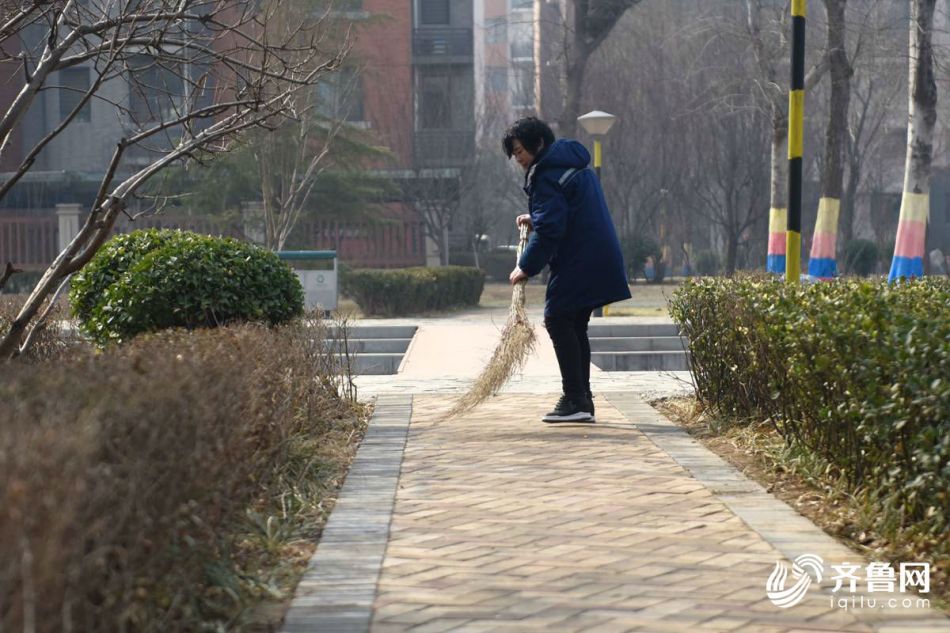- Click the “A Perfect Storm in the Amazon” link atop this page to see chapters 1-13 as they are published during 2023 and 2024.
Regularizing land tenure on landscapes where private property predominates is more challenging than on landscapes occupied by communal landholdings. In part, this is due to their greater number, but the task is further complicated by the limited resources of their owners and the chaotic nature of frontier landscapes. The Censo Nacional Agropecuario of 2012 enumerated about 3.7 million private properties in all of Peru and the first two phases of the PTRT programme registered approximately two million of these landholdings into what would eventually become the SICAR database The overwhelming majority are located on the coast or in the highlands, where PTRT technicians and regional authorities have succeeded in the saneamientoof about 75 per cent of all private properties.
Unfortunately, the limited technical capacity of the regional offices in lowland provinces, exacerbated by administrative reshuffling that preceded the implementation of PTRT3, has impeded progress in Amazonian jurisdictions. A comparison of data compiled by the agriculture ministry (MINAGRI) and the census (INEI) are broadly similar (Table 4.6); however, an inspection of spatial data available in the public domain reveals that tens of thousands of farmsteads have not been incorporated into either database. It is difficult to know with any level of precision how many smallholdings actually exist in the region, but ‘back of the envelope’ estimates suggest that the number of farmsteads in the region is well over 500,000, implying that the process of saneamientois less than 25 per cent complete. When the other departments with tropical provinces are considered, that number might approach one million.

Unfortunately, many farmsteads are destined to persist as illegal or informal holdings for the foreseeable future. In the Huallaga Valley (Human Modified Landscape or HML#42 and HML #43), settlers have invaded forest concessions on the upper slopes of both the upper and lower valley. These cannot be legally regularized without a modification of the legislative and regulatory framework governing the forest estate.
The most conflictive landscapes are the agricultural frontiers that surround the eastern terminus of Peru’s three major Amazonian highways: the Interoceanico Norte (HML #44), the Interoceanico Central (HML #40 and HML #41) and the Interoceanico Sur (HML #27). On all three landscapes, settlers are expanding outward from long-established agrarian landscapes and, in the process, invading both Indigenous lands and forest concessions. The SICAR system was specifically designed to exclude this type of blatant illegality, and these landholdings should be excluded from the cadaster regardless of (corrupt) attempts by local authorities to include them.
Land grabbers are using the SICAR system to launder unallocated forest lands from the state. The most egregious examples are large-scale oil-palm plantations in San Martin, Loreto and Ucayali. Some of these plantations have passed through a legal adjudication while others have been declared illegal. Regardless, the perpetrators have not suffered any significant penalty via the criminal justice system, while the plantations continue to operate and expand.
The SICAR system is being used to create smallholdings in unallocated public lands via deliberately planned development projects designed to appeal to local constituencies. For example, the system shows a string of (~50) contiguous land parcels on several tributaries of the Ucayali River.

Hopefully, this is an effort to recognize the property rights of Ribereña families and not the actions of traficantes de tierra (land traffickers). In the Madre de Dios region, the SICAR system shows ~250 identical plots adjacent to two regional highways that transect the gold mining landscapes west of Puerto Maldonado.
The west bank of the Ucayali Valley has attracted land speculators and immigrant settlers. The region has long been viewed as an expansion zone for agriculture and several blocks of forest have been claimed and registered in the SICAR system. The region was the focus of a proposed investment by Grupo Palmas, Peru’s largest operator of industrial oil palm plantations. The company abandoned its plans in 2017 following a legal battle and public relations scandal; however, the fate of these landholdings has yet to be resolved and they were not included in a corporate programme to support forest conservation announced in 2021.
Evidence of accelerating change was highlighted by the arrival of Mennonite farmers in 2020, establishing the first colony of this type in Peru and providing further evidence of the disfunction of the SICAR system. Mennonites are astute and experienced in the dark arts of rural real estate markets in Latin America; they are unlikely to risk their investment capital without a deed documenting the legality of the landholding. Environmental journalists have reported that these types of legally dubious transactions are being approved by local authorities but are not being reported to DIGESPAC, the agency within MINAGRI charged with updating the SICAR system.

The piedmont landscapes located west of the Ucayali River will eventually connect with the national highway system, which will trigger more speculation in land and deforestation in previously remote areas. This ongoing development demonstrates the potential for local governments to expand the agricultural frontier by approving timber contracts, facilitating road construction and issuing land grants without the intervention (or knowledge) of central authorities.
Read the other excerpted portions of chapter 4 here:

Chapter 4. Land: The ultimate commodity
- Land in the Pan Amazon, the ultimate commodity: Chapter 4 of “A Perfect Storm in the Amazon” January 9, 2024
- Obtaining a certified legal title in the Pan Amazon January 11, 2024
- The dynamics of violence in pursuit of land in the Pan Amazon January 17, 2024
- Agrarian reform agencies and national land registry systems in the Pan Amazon January 18, 2024
- INCRA as a regulatory agency January 25, 2024
- Terra Legal program to regularize small property owners January 25, 2024
- How Bolivia pioneered agrarian reform in South America February 1°, 2024
- A coalition created by a demand for land is splintered by a competition for territory February 1°, 2024
To read earlier chapters of the book, find Chapter One here, Chapter Two here, and Three is here.


 相关文章
相关文章



 精彩导读
精彩导读

 热门资讯
热门资讯 关注我们
关注我们
